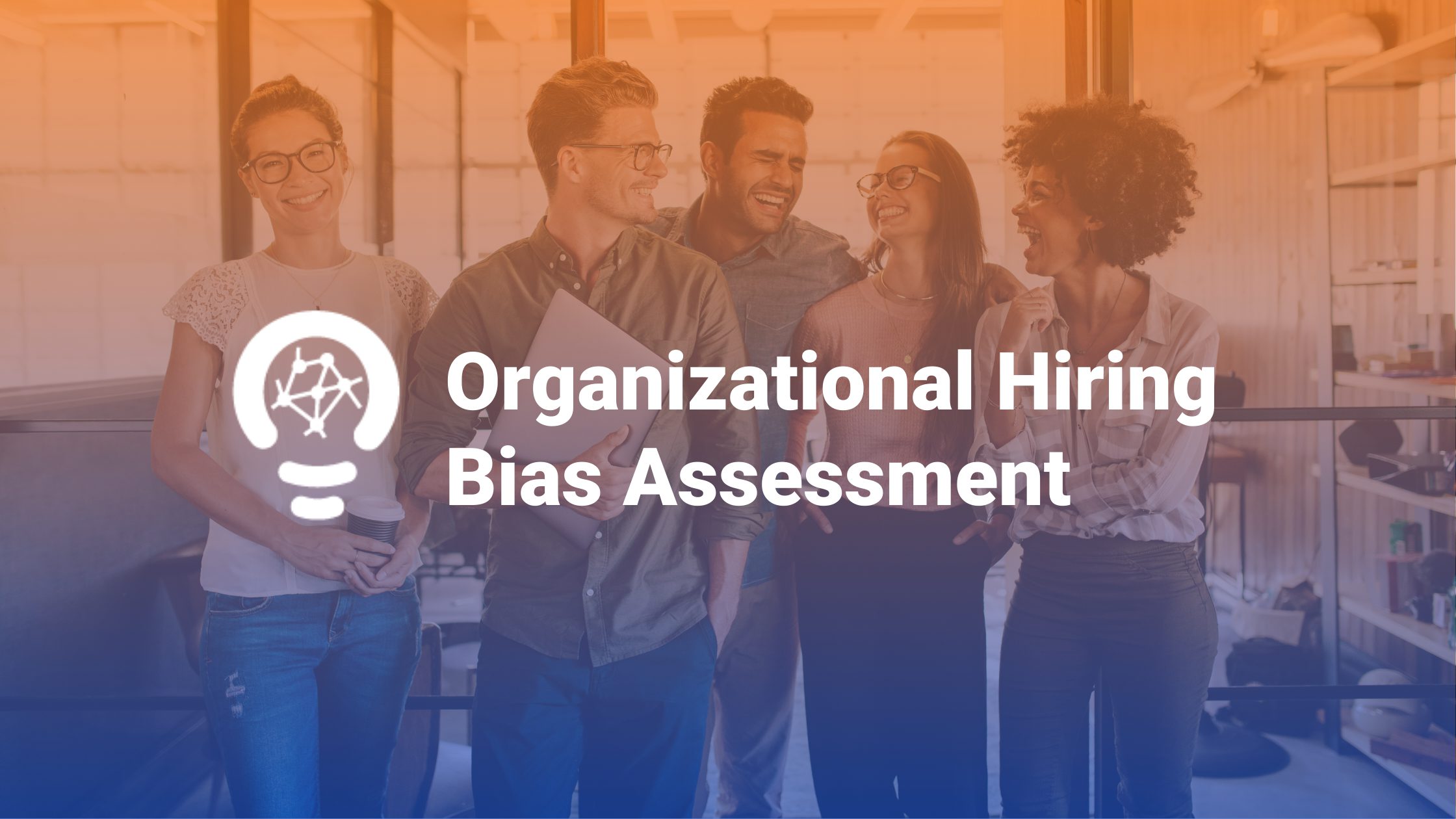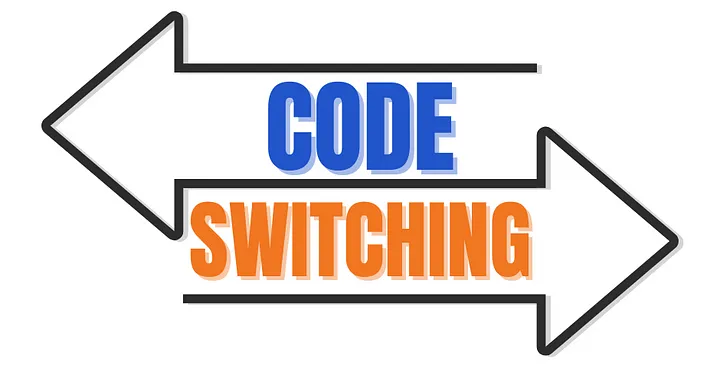Creating a hiring process free from bias is no longer just a trendy topic; it’s a strategic imperative for any company seeking long-term success. But for many leaders, especially those with limited resources, it can seem daunting. The good news is, reducing bias doesn’t require a complete overhaul or hefty budgets. Even small, actionable steps can make a significant difference.
In this blog post, we’ll explore 5 practical strategies you can implement at any level of your organization, learn how to reduce bias in the hiring process, and build a diverse, equitable, and thriving workforce:
1. Embrace Structured Interviewing and Evaluation
Traditional interviews are breeding grounds for bias, leading to decisions based on personal preferences rather than objective criteria. To combat this, consider:
- Standardized questions: Develop a consistent set of questions for every candidate, and across each interviewer, ensuring consistency and fairness.
- Numerical scoring: From those standardized questions, assign scores to a predefined criteria for objective evaluation, minimizing unconscious influences. Use a scorecard that anonymizes results to make the most unbiased decision.
- Diverse interview panels: Bring in varied perspectives to reduce individual biases and offer a more comprehensive view of potential. An ideal interview panel also includes team members from different departments and an array of seniorities.
2. Implement Blind Recruitment Practices
Eliminate personally identifiable information like names, gender, and age from resumes and applications before they reach hiring managers. This ensures candidates are judged solely on their skills, qualifications, and experiences.
- Go beyond resumes: Utilize Case Challenges, assessments, or add short projects to the interview process. For example, coding assessments are popular in tech, while Case Challenges (or case competitions) showcase multifaceted skillsets. By focusing on abilities rather than words written on a resume, you tap into a wider talent pool.
3. Invest in Diversity Training for Hiring Managers (and Recruiters)
Hiring managers and recruiters serve as crucial brand ambassadors, often representing a company’s culture and core values in their first interactions with potential employees. Their ability to counteract bias significantly reflects the organization’s commitment to diversity and inclusion, influencing the perception of senior leadership’s priorities. Continuous education and training for hiring managers play a vital role in understanding how to reduce bias in the hiring process and foster inclusive decision-making.
- Equip your team with practical tools and strategies to counteract bias: Empower them with techniques like structured interview rubrics, blind resume reviews, and active listening. Encourage them to challenge assumptions and amplify diverse voices in discussions.
- Foster a culture of continuous learning: Encourage ongoing education, resource sharing, open dialogue, and feedback. Celebrate successes and setbacks as part of the journey towards a truly inclusive workplace.
- Ultimately, remember: Building a diversity-valuing culture requires commitment, action, and accountability. By investing in your team’s awareness, equipping them with tools, and fostering an open dialogue, you can unlock the true potential of a diverse workforce and drive organizational success.
4. Leverage Technology, but Mind the Bias
Applicant tracking systems (ATS) can be valuable tools, using pre-defined criteria to objectively screen resumes and reduce bias based on names, education, or employers. However, vigilance is key.
- Regularly audit your ATS: Stay ahead of potential implicit bias within AI tools. Partner with unbiased technology providers and conduct ongoing assessments to ensure algorithms align with your company’s values and diversity goals.
- Don’t blindly rely on technology: Remember, ATS are meant to assist, not replace human judgment. Combine their efficiency with diverse interview panels and structured interview practices to make truly informed decisions.
5. Leverage Data-Driven Decision-Making:
Ditch the gut feeling and embrace data-driven decision making for your hiring practices. You’ve already invested in scorecards for interviews, tackled bias in your ATS, and prioritized diversity & inclusion training – don’t let that progress fizzle out!
Setting and tracking numerical diversity goals empowers you to leverage data effectively. Analyze metrics to uncover hidden biases, gain valuable insights, and make informed decisions that create a more inclusive and equitable hiring process.
- Track key metrics: Monitor your recruitment funnel, analyzing data like application-to-interview ratios, interview-to-offer ratios, and time to hire for different demographics.
- Identify disparities: Look for unexpected changes or persistent gaps in these metrics that might signify potential bias points in your process. Investigate the reasons behind any significant disparities.
- Take action: Implement targeted interventions based on your findings. For example, if a specific hiring manager consistently has lower offer rates for certain groups, provide them with additional training or revise evaluation criteria.
- Embrace regular review: Don’t treat data analysis as a one-time exercise. Schedule regular reviews of your metrics and adapt your data-driven approach as your organization’s needs and diversity goals evolve.
Finding ways to reduce bias throughout the hiring processes shouldn’t be an initiative to simply check off a list. While the goal is clear, understanding how to reduce bias in the hiring process requires examining various factors and implementing comprehensive strategies. Creating an unbiased and fair hiring process is a strategic initiative that’s imperative for long-term success. Even leaders without large budgets can drive significant change within their organization by following these five actionable strategies. Understanding where the current process is lacking is the first step to mitigating bias.
The benefits of a diverse workforce are numerous, from increased innovation and creativity to better decision-making and improved financial performance. By committing to these practical measures, we can collectively contribute to building organizations that reflect the richness and diversity of the world around us.










